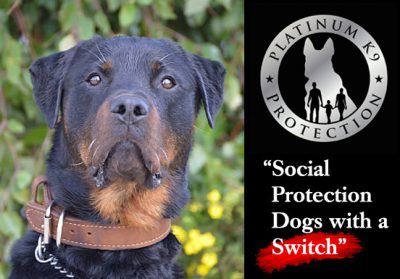Semyonova, A, April 2018, What You Need to Know About Wolf-Dog Hybrids. An analytical paper that accompanied, “Fatal Wolf Hybrid Attacks – The Archival Record” published at DogsBite.org.
Introduction
It’s clear from all statistics that wolf-dog hybrids present a severely heightened risk for infants and young children. Some people are indifferent to this fact, claiming that the main issue is animal welfare or consumer freedom. In light of these emotional arguments, it’s important to understand that the breeding of these hybrids is a serious problem for wolves, dogs and the hybrids too. Literally the only purposes served by breeding hybrids are the fleeting vanity of a casual consumer and the financial interests of breeders. This breeding is bad for all other parties involved, both animal and human.
It’s not easy to get a grip on the whole issue. There are a lot of myths and fairy tales floating around about wolves, dogs and wolf-dog hybrids. What little accurate information there is, is fragmented and hard to access. Whether you are a consumer looking for a pet or a lawmaker considering legislation, it is important that you make an informed and intelligent choice rather than one based on emotion, fantasy, advertising or financially biased lobbies. This document is intended to line up some real biological, behavioral, ecological and social facts, gathering the fragmented truths into a view of the bigger picture.
Origins of the two species
The dog and the wolf are related because they share an ancient ancestor. The two branches began to diverge at least 50,000 years ago, when our own species began to develop modern behavior. The ancestral branch that would become the modern wolf kept its fear of humans and continued to hunt for a living. Natural selection made sure this branch kept all the emotions, reflexes and skills necessary to survive hunting in the wild. The branch that would become the domestic dog discovered that it could make an easier, safer living by trailing behind our nomadic ancestors and scavenging our waste piles. Natural selection made sure that only the less shy animals — ones who dared be near humans and their scent — could exploit this new food source. Human selection also played a role, because our ancestors had no qualms about killing any animal they felt threatened or even bothered by. More and more research shows that the domestic dog did not descend from the wolf. Rather, they are two separate species that share a prehistoric ancestor.

Illustration of wolves from the Biodiversity Heritage Library, The Animal Kingdom, 1829.


